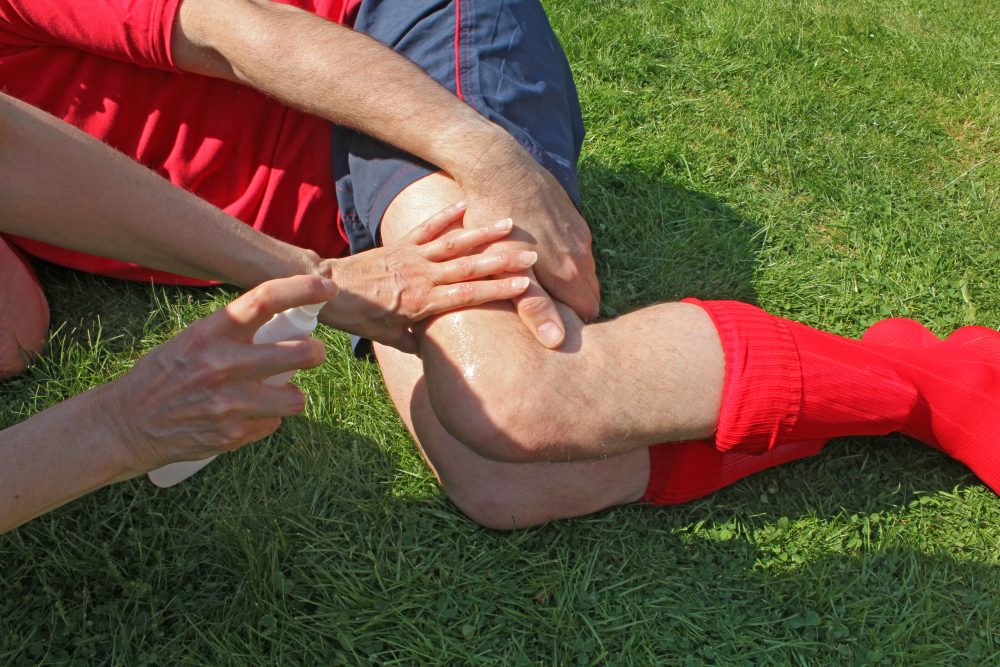What is safeguarding in sport?
The aim of safeguarding in sport is to protect children and adults from harm and to promote the welfare of athletes while taking part in sporting activities. Sporting organisations have a duty of care to safeguard the wellbeing of adults and children and to create a safe place for them to participate. This requires an environment where the safety of children and adults is top priority and a duty of care clearly demonstrated.
Safeguarding in sport is a complex area, albeit with simple issues. All participants, especially minors, need to be safeguarded. Health and safety regulations must be respected and applied.
What is a safeguarding policy in sport?
Sporting organisations need to have an effective and easily understood safeguarding system in place. These are the detailed guidelines which staff and volunteers need to be trained in to ensure compliance in promoting the welfare of adults and children in sport.
In the case of an elite sports organisation employing a medical or clinical team, the policies should clearly allocate responsibilities. These must be robust and address all risks. They should be audited regularly in order to ensure that they remain fit for purpose and operate effectively. An independent audit by an organisation such as Verita would be appropriate in any case where objectivity is required.
Safeguarding in professional sport
It is in the context of professional sport, where doctors may be employed on a full- or part-time basis, that issues may arise which necessitate legal intervention. Professional sport is intrinsically results-based which can lead to conflicting duties, putting safeguarding at risk. The employed doctor will, therefore, be seeking to strike a balance, wherever possible, between their primary duty- protecting the welfare of the patient – and their duty to their employer. The doctor who might put their obligation to their employer first (e.g. by enabling an injured player to perform following administration of a cortisone injection) is entering a minefield.
In the case of Dr. Richard Freeman, who was working for the Sky cycling team, these conflicts of interest can be seen in stark profile. Dr. Freeman was required to look after the Team Sky cohort of cyclists and, in particular, could apply for a Therapeutic Use Exemption (TUE) for any cyclist in need. This use of TUEs to care for their riders has reinforced an image of Team Sky as stretching the rules in order to achieve their sporting advantage. In his book The Line: Where medicine and sport collide Dr. Freeman conceded that given the opportunity again, he would prefer not to have given the powerful corticosteroid to Bradley Wiggins in 2011.
On 4 August 2006, footballer Radwan Hamed suffered a cardiac arrest when playing for a Tottenham Hotspur youth team against Cercle Brugge in Belgium. He suffered from hypertrophic cardiomyopathy (HCM), the same condition as Bolton footballer Fabrice Muamba. Although he was rushed to an intensive care unit, he had suffered from oxygen starvation to the brain and now requires permanent care.
An FA protocol requires all football academy recruits to be referred to a cardiologist to help identify anyone prone to a potentially fatal heart condition. An ECG scan undertaken a year prior to Hamed’s collapse had shown his heart to be “unequivocally abnormal”. Dr. Peter Mills was the FA’s regional cardiologist for the South East who corresponded with the medical team at the club. However, no adequate further checks were carried out and neither the player nor his parents were made aware of the extent of the problem by the club. Hamed was not advised to stop playing and signed a professional contract less than a year later. In February 2015, following a contested hearing, the court apportioned liability between the club (70%) and Dr. Mills (30%). However, although the club would ordinarily be vicariously liable for the actions of their medical staff, in this case, the two sports physicians then employed by the club (Dr Cowie and Dr Curtin) and their insurers accepted that they had been “remiss” and agreed to indemnify the club for its 70% contribution. Damages in the region £5/7m were later settled out of court. In the judge’s words, the medical records maintained by the club were “quite evidently not adequate for their purpose”.
How Sports Bodies Can Tackle Safeguarding Failings
Common failings with governance and safeguarding challenges, and steps to overcome them, were at the heart of our submission to the Digital, Culture, Media and Sport Select Committee which was focusing on high-profile issues at the Football Association.
The submission, summarised below, has relevance for all sports bodies. Our evidence was drawn from Verita’s unrivalled experience as the leading independent consultancy for regulated organisations. It’s true that there are many problems with governance structures which if not unique, are certainly more prevalent and deep-rooted in sports governing bodies than organisations in other sectors. Some of these problems are related to legacy issues, for example structures with a weighty history behind them, which are difficult to update due to vested interests. Others come from a conflicting range of interests between the elite (or professional) and grassroots (participatory) levels within the same sport. Sports organisations are also heavily reliant on volunteers, which makes professionalising corporate structures and policies problematic, and can make it difficult for individuals to know how, or to whom, to report concern.
When concerns are raised, organisations with more closed structures are unlikely to know how to properly commission an investigation. Too often, organisations will turn to trusted colleagues or contacts, who may seem like a safe pair of hands but will lack the expertise and genuine independence of external experts.
We made three main recommendations to the Select Committee which would address many of these concerns. Part of the answer lies in increasing independent challenge and scrutiny at the most senior level through new governance structures involving more non-executive directors at board level.
Secondly, sports bodies can learn from sectors such as healthcare who have also faced challenges managing complex structures and individual issues to do with safeguarding and whistleblowing, and cases of people in positions of authority abusing their power, as was highlighted in a recent report (add link to report).
Lastly, Verita has found that drawing on internal resources is rarely effective, lacking the necessary independence and expertise. As well as providing expert support and challenge, using external and independent support also sends a powerful message to those affected, perpetrators and to the wider public, press and politicians that an organisation is truly committed to taking real action.

If you would like to learn more about Safeguarding in Sport then please book a free consultation or contact our Ed Marsden on 020 7494 5670 or [email protected].




